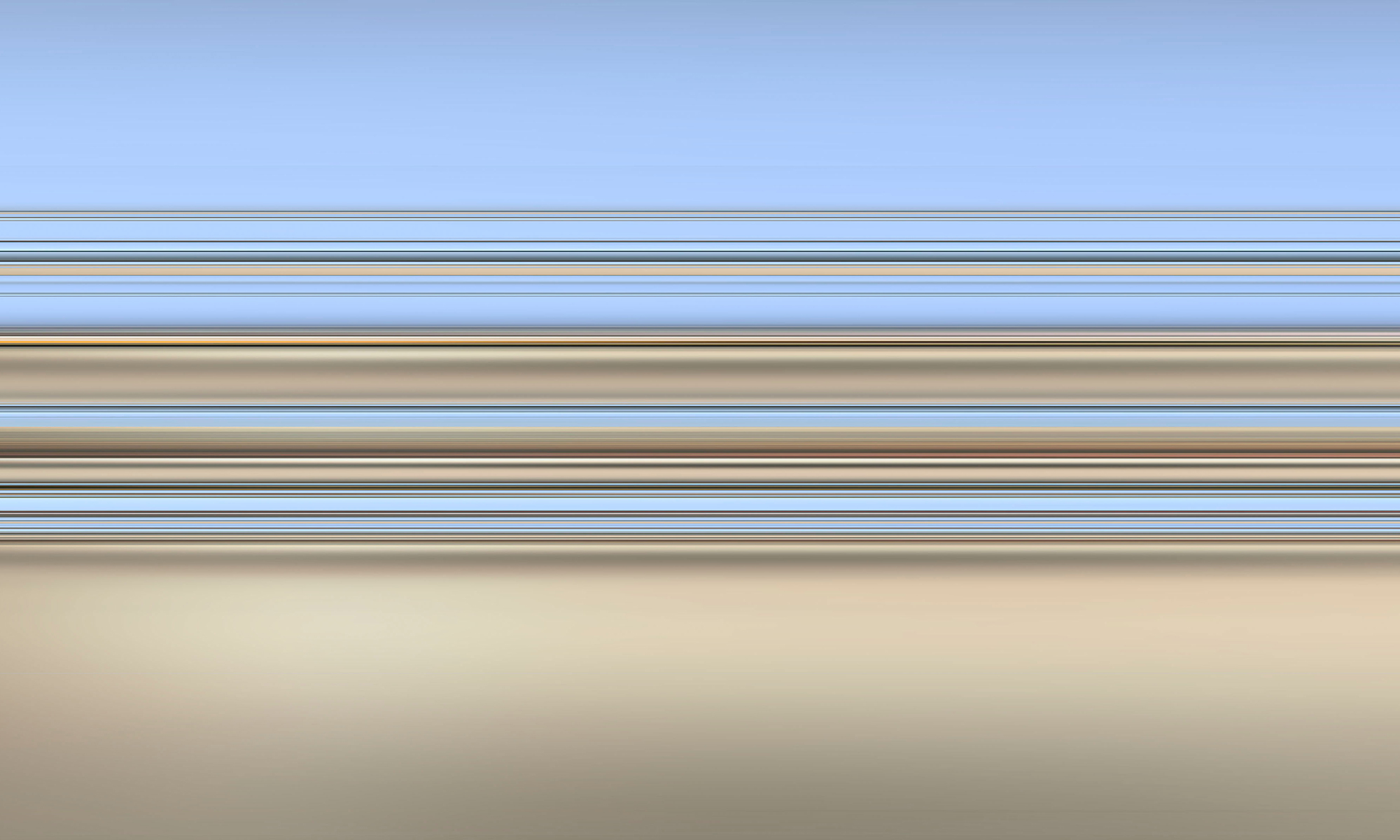
POST 111


Artist Provacateur

digital chromogenic color print
Edition: 1/3
sheet: 40 x 90 inches (101.6 x 228.6 cm)
Collection Albright-Knox Art Gallery, Buffalo, New York
Mildred Bork Conners & Joseph E. Conners Fund, 2004
Christopher Miles /ARTFORUM JAN 2003FIRST TAKE
WHEN I FIRST MET GREGORY KUCERA, HE HAD recently returned to Los Angeles from a stint in Prague working on Czech TV commercials and was earning his MFA at Art Center College of Design in Pasadena, covering tuition by doing freelance video production. I was organizing a video show, under deadlines, and I needed technical support. That was all I wanted of him. It seemed like a situation best handled with the just-fix-my– car-and-let`s-not-get-too-familiar attitude, as I knew I`d be making several visits to his studio and I feared it was only a matter of time before he`d ask me to look at his work. But in conversations we had while waiting for files to load and discs to burn, I realized that Kucera`s keyboard wizardry and buzzing equipment played second fiddle to a keen intellect interested in overlapping questions about duration, simultaneity, location, motion, point of view, and perspective, and in how shifting these factors might influence spatiotemporal perception, experiential comprehension, memory organization, and the construction/conception of self. It was only a matter of time before I started asking to see his work.
What hooked me was Living, 2001, a video in which the image of the artist multiplies and his various selves communally hang out, share consolation, exchange advice, bicker, redecorate, clean house, goof off, lie around naked, and play with power tools. Occasionally, Kucera`s selves fade in and out, or into one another, or jerk/skip as if they`ve hit a glitch-effects, be they deliberate or happily accidental, that slyly implicate imaging and its means in the formulation of identity and leave you considering the merging and splitting, unfolding and enfolding, as well as doubting and delusion, involved in grappling with the self. What kept me hooked was Tina: Spatiotemporal Reconstruction #2, 2001, for which Kucera enlisted an actress to perform one end of an emotionally charged telephone conversation shot in numerous takes in four different locations. Kucera spliced together snippets of each to reconstruct the conversation, producing a continuous video narrative just jittery enough to confirm that the singular moment is in fact the product of multiple or parallel experiences, records, recollections.
Kucera`s base is in video, but his output, guided by a curiosity about encoding information in images and objects, has spanned a variety of video display formats, as well as manifestations more akin to photography, painting, and sculpture. In addition to Living, Kucera`s recent solo debut at I-20 in New York included four pieces that echo or bear traces of one another. Line and Flight, 2002, is a four-channel video with monitors offering directional perspectives (north, south, east, west) from a point of view that switches between that of a pedestrian standing in the middle of an urban avenue and that of someone hurtling through the air upside down along the same corridor. Temporal Relief. LA Extruded, Inverted, 2002, would be a good minimalist cube were it not clad with computer-milled bas-relief panels that, depending on one`s stance relative to the physical space of their concave/convex contours, shift between reading as total abstractions and as spatially inverted (background forward) illusionistic representations of the four views from Line and Flight. A pair of large digital prints titled Eyeballer, 2002, meanwhile, take samples of the images from Line and Flight and stretch and blur the representations into banded quasi abstractions.
Stretched and blurred (and taken for a good spin) is something like how I feel when I look at Kucera`s work, and I expect this pleasurable and compelling disorientation to continue: When last I checked, Kucera`s drawing board included plans for a cast-concrete tornado based on meteorological storm data and another video/photo/ sculpture combo project taking inspiration for its mind/ body/space/time slippage from the LA freeway system.
AUTHOR AFFILIATION
An artist and writer based in Los Angeles, Christopher Miles teaches at California State University, Long Beach. A contributor to Artforum, Artext, and Flaunt, he is currently at work on a book of essays and art criticism.
Original Article found here: MutualArt